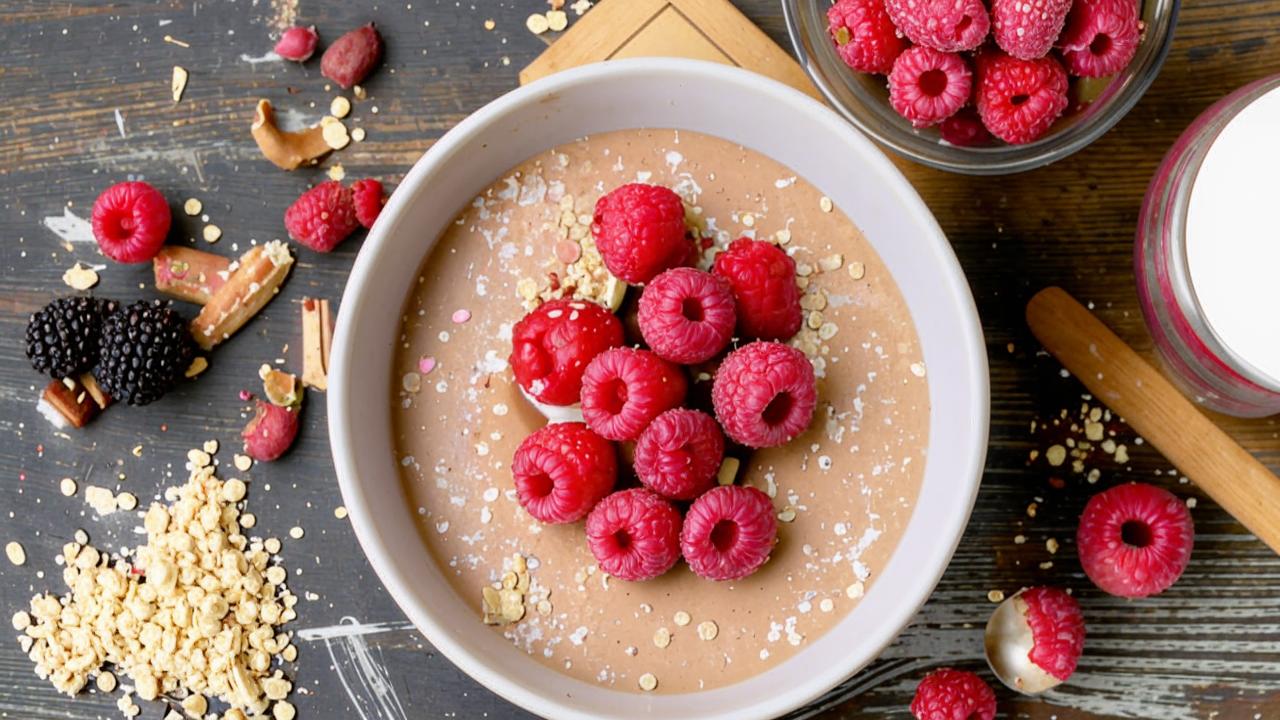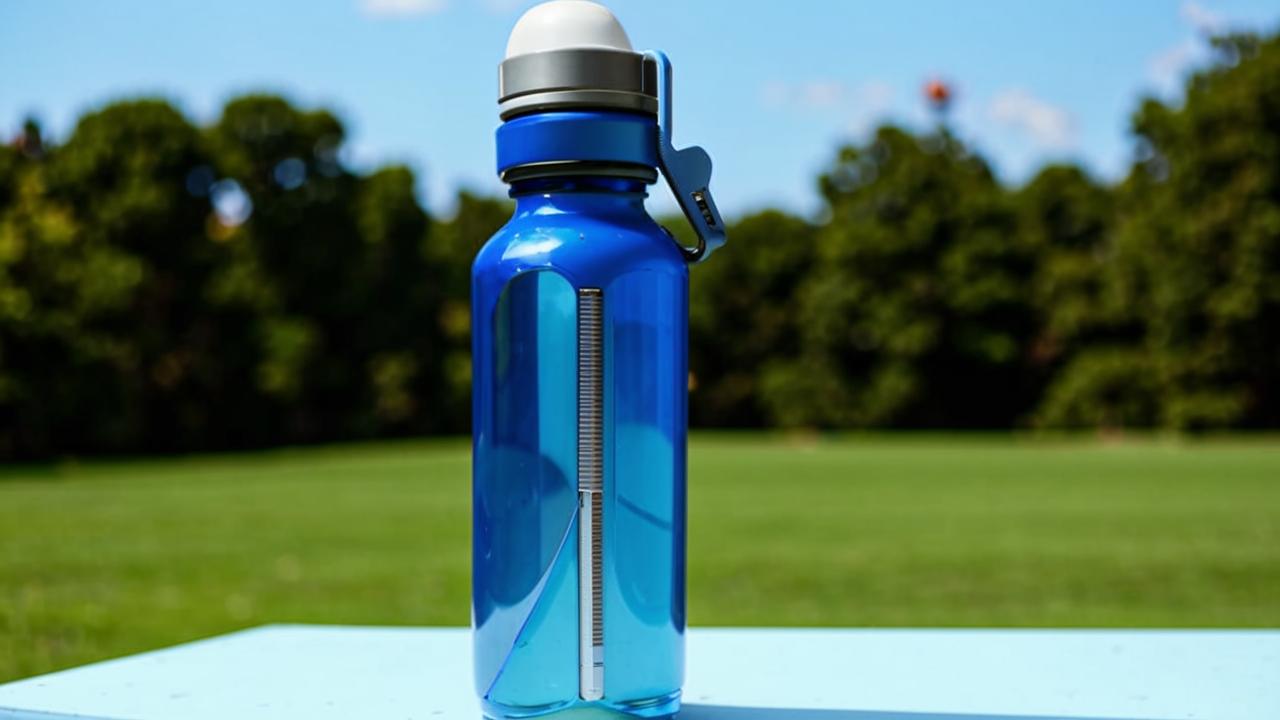A long-awaited event – the Moscow Marathon – will take place this Sunday. We hope that all the runners have already prepared themselves perfectly and are determined to give their best. But we know that many people are very worried, especially those for whom this distance will be their first. Try to calm down and read some tips from an ultramarathoner, which will help to pass these 42.2 km without trouble and with a great result.

Two days – and even two weeks – before a marathon, it’s too late to give “what to do” advice. But you can still figure out what not to do before the marathon. It’s especially important for first-time marathon runners who have a chance to avoid the mistakes their predecessors made. Here are 11 things you should never do before the race.
Koolitus
Yes, yes, that’s right, speed and long training – you should have done it a month ago. And two weeks before the start comes the so-called “tepper” – a period when all the serious “work” has already been done and you need to give your body time to recover. You can run, but in the “tease your legs” mode. The duration of the “teiper” – from one to two weeks, depending on the individuality of the body. But two days before the marathon, the maximum that you can afford – a few (up to six) short (up to 200 m) accelerations at marathon pace. The day before the marathon is best spent lying or sitting down – your legs will be useful at the start.
Stay awake
The best thing you can do in the week before a marathon is to get enough sleep. Some people get so anxious that they can’t sleep the night before the start. But you should get a full night’s sleep at least five nights before.
Wear new clothes and shoes to the start
There is a great temptation to come to the marathon expo, buy beautiful sneakers and T-shirts and tomorrow in them to run. And at the 15th kilometer of the marathon to find, for example, that the T-shirt rubs, and the insole of the new sneakers on the run comes out of the insole (this is what happened to Eliud Kipchoge at the Berlin Marathon in 2015). It’s okay to buy sneakers at the expo, but remember to add another 1.5 to your normal size, as your foot is constantly sliding to the front of the sneaker when running. If there is no space in it, you will be left with no toenail. And before the marathon, run at least 30-40 km in them – that is, set aside for the next marathon (see point 1).
There is something unfamiliar
Especially dangerous to come to the marathon in another city and indulge in gastronomic adventures. How will your body react to the new food? It is better not to try to find out on the eve of the marathon – there is a risk of not going to the start at all. On the eve of the race, it is better to avoid proteins and fiber – that is, meat, which is slowly digested, and vegetables, which accelerate peristalsis. What’s left? Carbohydrates: rolls, pasta, rice.
Especially desperate marathoners follow the marathon diet: Monday through Wednesday they eat only proteins, Thursday through Saturday they eat only carbohydrates. Unless you’re running a three-hour marathon, this diet won’t do much for you. But if you eat proven pasta and rice without exotic additives the last two days before the start, you will not lose time in the “blue booth” on the marathon route and accumulate some glycogen.
And, of course, the most important meal is in the morning on the day of the marathon. We recommend three hours before the start to eat a portion of oatmeal on water, with jam or chocolate, drink tea. And avoid coffee and bananas. Why? Test them on a long (35+ km) training – you’ll understand.

Try anything new on the race
Any gels, salt tablets, isotonics and even warming ointment or sunglasses should be tested on the training run. The new gel might make you vomit, the ointment might burn or cause allergies, the sunglasses might slide off and piss you off so you just throw them away at mile 30.
Drink alcohol
A marathon is a serious strain on your heart and blood vessels. Death in a marathon is most often caused by heart problems. Therefore, at least two weeks before the start refuse any alcohol.
Arrive at the start line in a pinch
Ideally, arrive at the start 1.5 hours in advance, visit the “blue stall”, hand in your clothes in the checkroom, do a warm-up (1-2 km of light jogging + special running exercises + short acceleration), visit the “blue stall” again. If you arrive 10 minutes before the start, there is a risk to start not in your cluster, but in a slower one, and for the first half an hour to wade through the crowd of people running not at your pace.
Being overcooled or overheated
A general rule of thumb is to dress for a run as if the temperature on your thermometer has added 10 degrees to the temperature. The ideal temperature for marathon running is 15 degrees Celsius. At this temperature you can run in a short (shorts and T-shirt) and not waste energy on heating or cooling the body – so all of it will go to running. That’s why marathon records are set in the spring and fall, at plus 15. If it’s warmer on the day of your marathon – try to run in the shade, if there is any, be sure to wear a cap and pour water on yourself to cool down. If it’s a perfect plus 15 on the morning of your race day, try to stay warm until the start. It can take an hour between the time you hand in your gear to the checkroom and run. To stay warm, bring an old jacket and pants to live in for that hour and then throw in the trash. Or you can make holes in a large plastic bag and use it as a dress and then throw it away too.
Allow for dehydration
If you feel thirsty while running – it’s too late, you’re already dehydrated. Therefore, be sure to drink at least a sip of water or isotonic at each nutrition point – that is, once every 5 km. In 2017, a 35-year-old man died at the Baikal Ice Marathon: it was cold, the athlete did not feel thirsty, did not drink and died of blood clotting and cardiac arrest.

Do not eat during the race
Glycogen is the energy our muscles consume during a run. You can run a 10k or half marathon without supplemental nutrition, but you have to eat at a marathon. On schedule. Even if you don’t feel like it. On the gels (this is special nutrition for runners – it looks like jam in a tube) they write how often they should be consumed (usually one gel per 45 minutes). At the food stations they offer bananas, oranges, bread. In any case, before the marathon you should have run a long training (30+ km) and test your body – what food it accepts after the 30th kilometer. Once again – you can’t eat anything new at the marathon!
Starting too fast
A proven way to run a marathon is to rush off the start in euphoria and after 25 km realize that you have no strength – you hit the “marathon wall”. Ideally, 42 km should be run at a constant speed, but how can you determine it if it’s your first marathon? There are tables on the internet that predict marathon times based on your time at 10km or 21km. Calculate your expected time, find an appropriate pacesetter (a person with a flag or balloon running the entire marathon at the same pace) and don’t overtake him, even if you have excess energy for the first 10 kilometers. At the 30th kilometer it will be significantly less.
In general, with the help of our tips you can gain 10 minutes to your result and definitely finish the race. Good luck at the marathon, and take care of yourself!






